Many people report feeling some guilt about leaving a place or a position that’s been meaningful to them. But I find it helpful to reframe that guilt as care. We only feel bad about leaving something if we care about the people there, the work we did, the relationships we built, and the memories we shared. So rather than yo-yo back and forth between wanting to leave and feeling like you should stay (or feeling like you have to choose between listening to what you need or being there for the people you’ve committed to), you can start to ask a more generative question: How do I end well?
This question points you toward what you value. What’s important about this transition? How do you want to celebrate everything that’s happened here and the relationships you’ve built?
And this question can apply to all manner of ‘endings:’ closing a chapter with a client, ending with a therapeutic practitioner, ending the stage of a child living at home, leaving a job, changing to a new role, etc.
In exploring this question, here are some additional questions that can help flesh out the reflection process:
- What do I want this person / these people to know about how they’ve impacted me?
- What do I want to wrap up logistically so that there is a smooth transition for the next person coming in here to take over my responsibilities?
- What have I done here that could be operationalized so that my contributions can continue to flourish and help the group/organization?
- What have I learned here (externally, and even internally about myself) that I want to take with me?
- What has not worked here for me, that is good for me to let go of (internally or externally)?
I find these questions to be helpful in giving some clarity and closure, and making a transition that is both honoring of where you’ve been, and preparing you well for the next chapter. So if you’re finding yourself at one of these crossroads, and you could use some support in either clarifying what’s next, or ending well, reach out for a free consultation call with me.
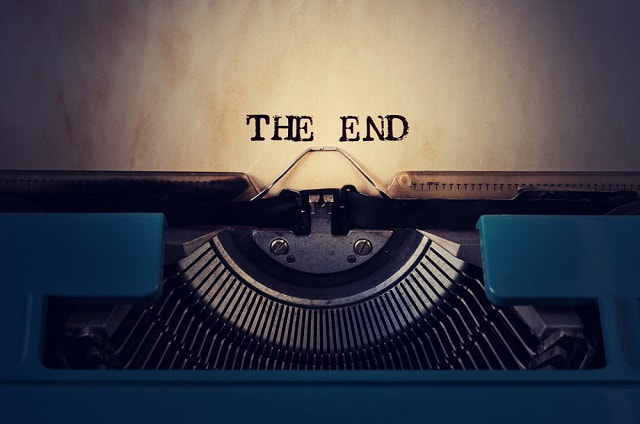
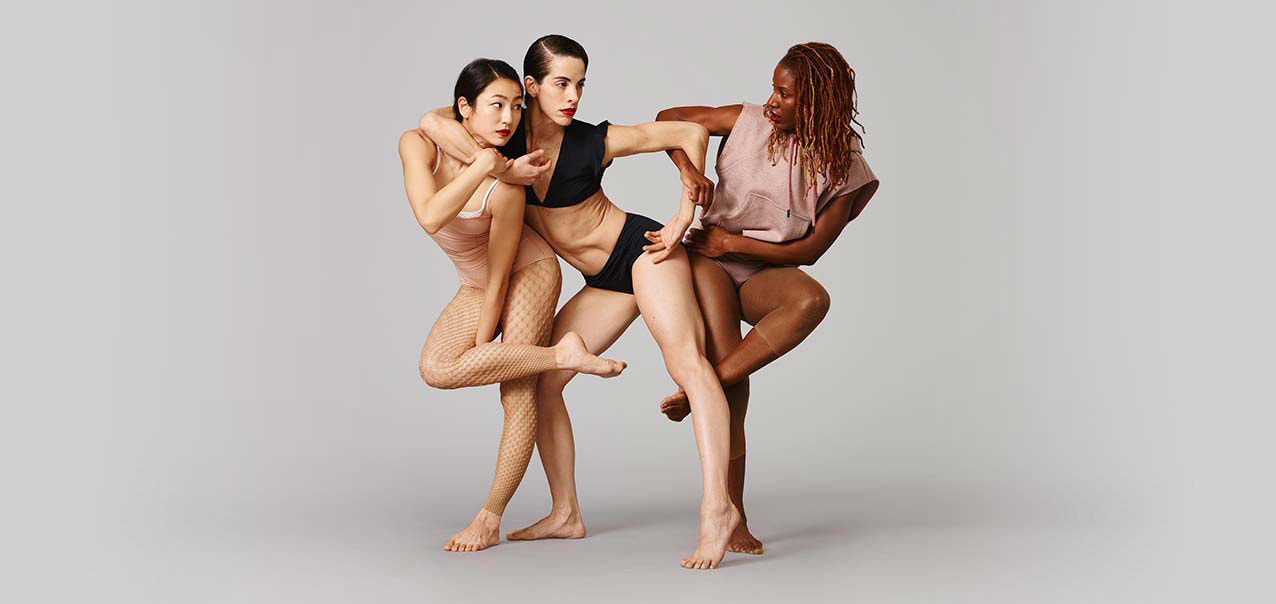

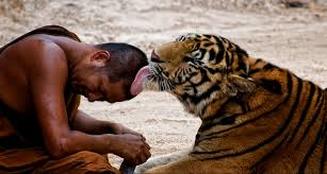
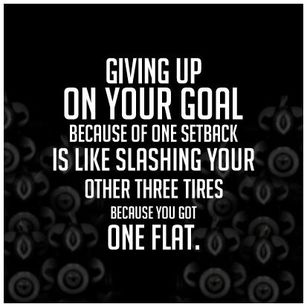
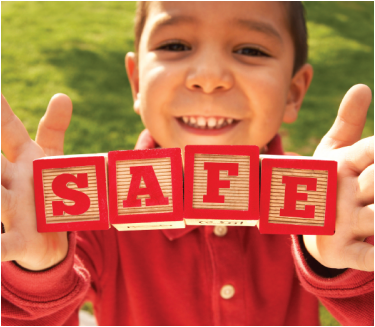
 RSS Feed
RSS Feed